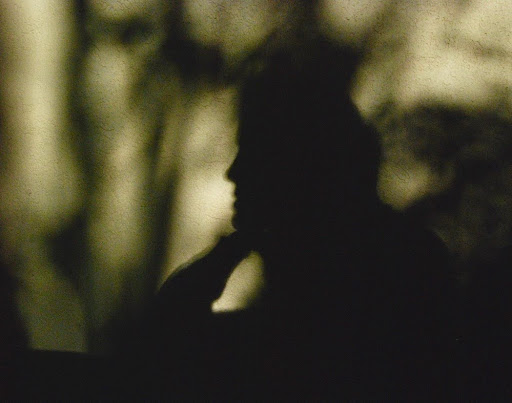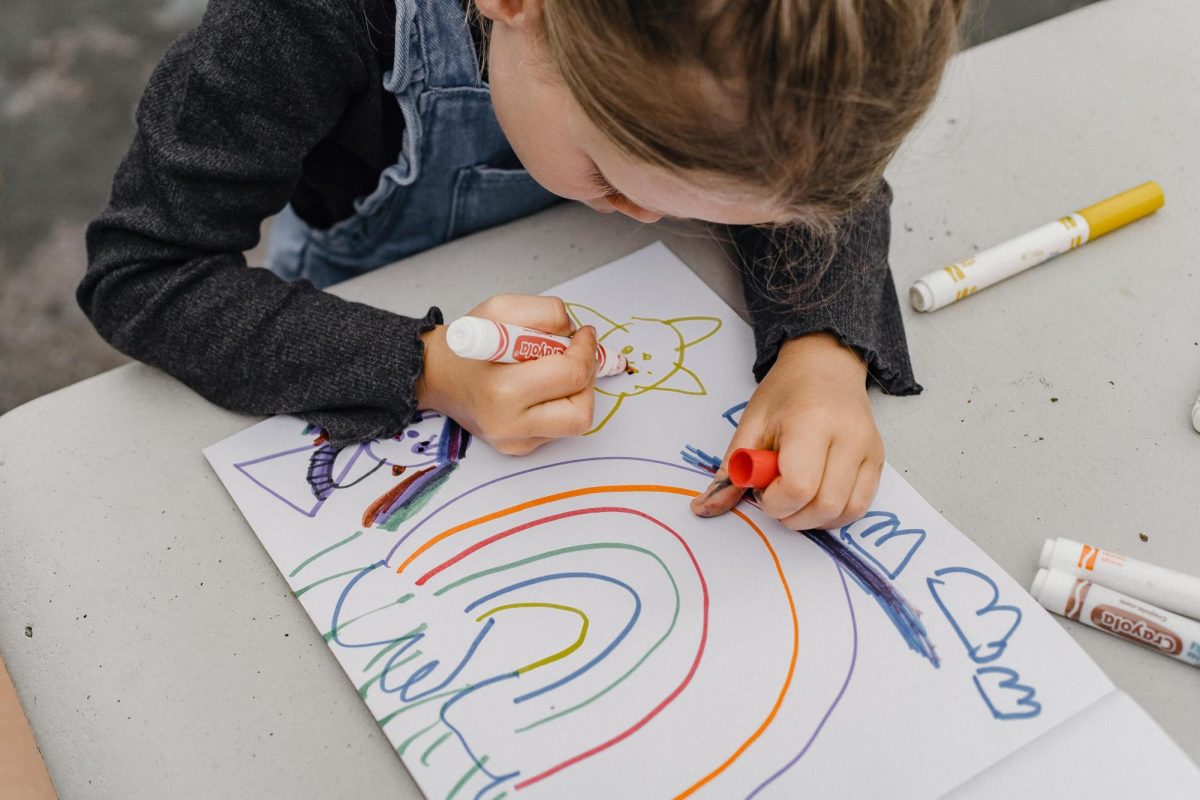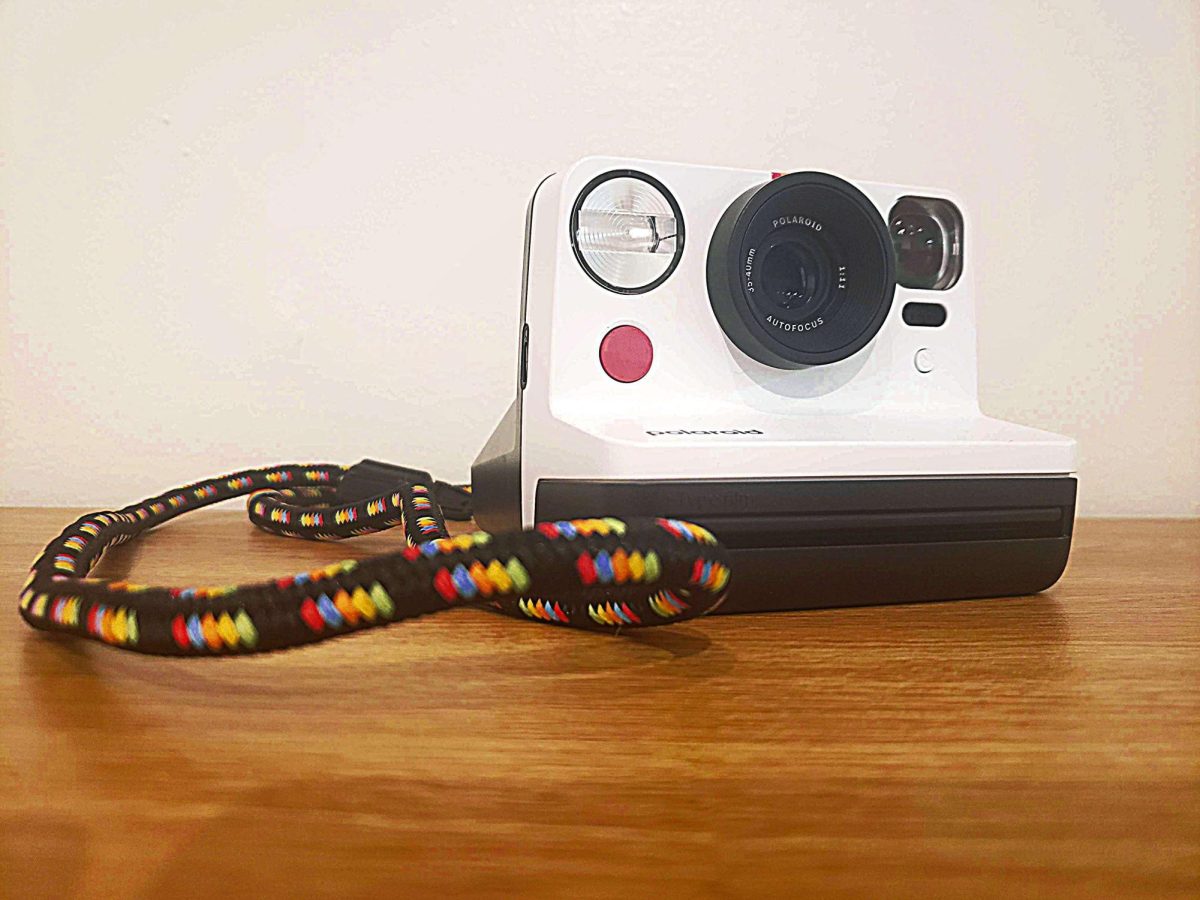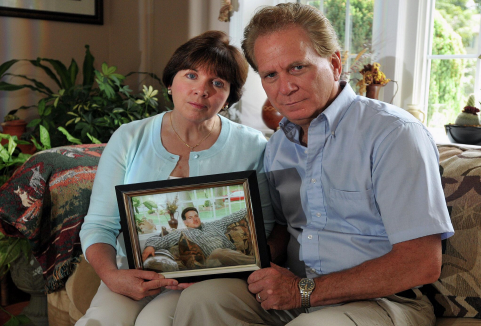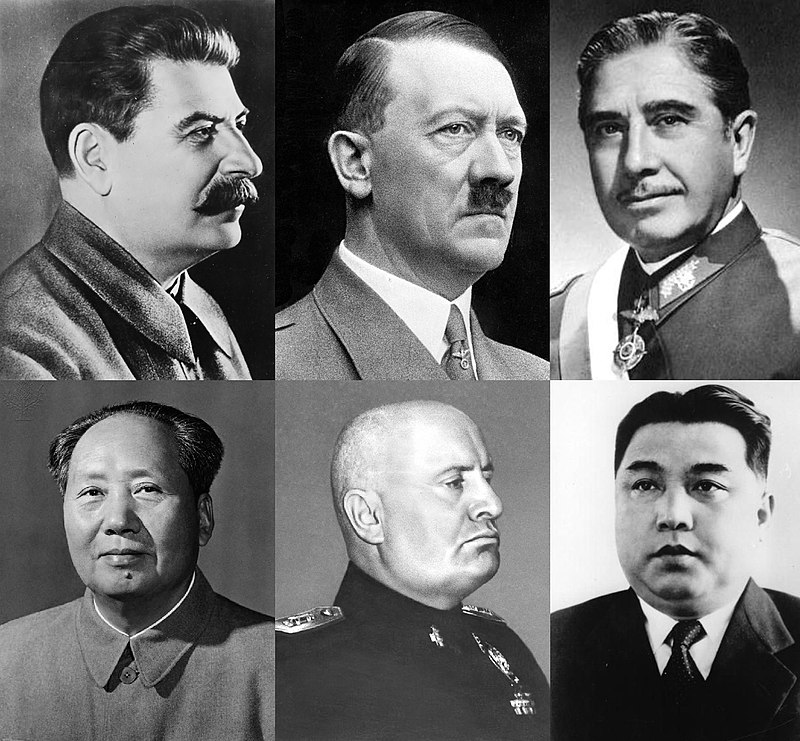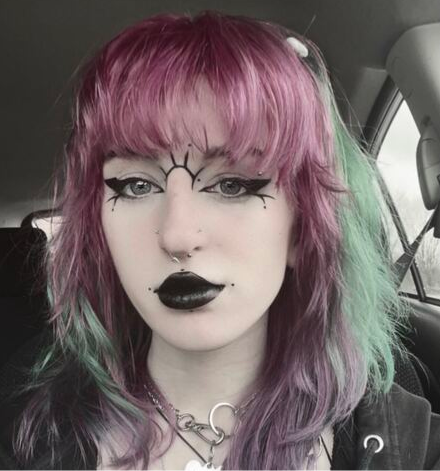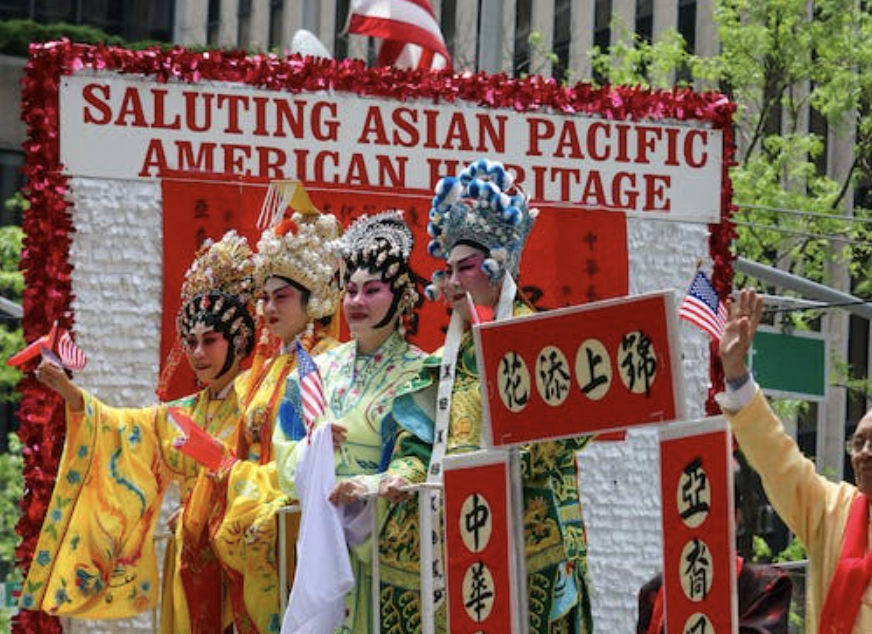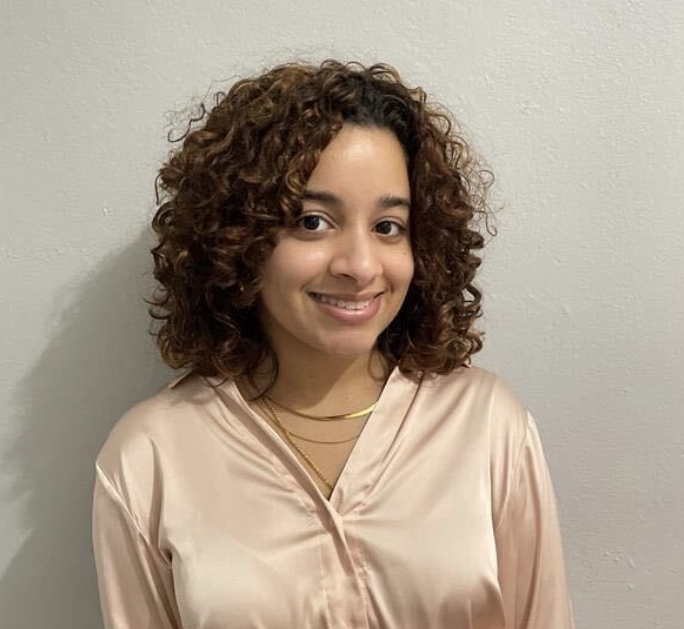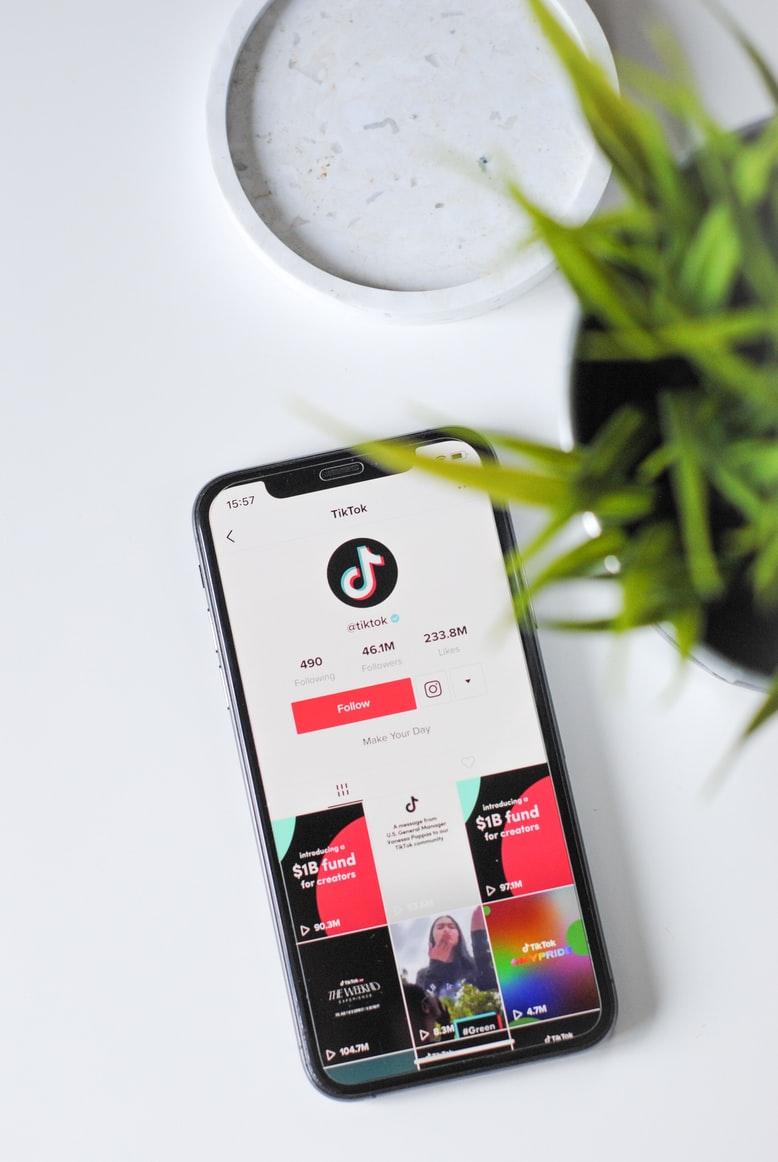The scene set: “SomeboDY sedATE me!” screams a young adult after they drop their phone on the ground; one friend, deadpan, replies, “good soup,” and another looks at them, fully bites their bottom lips, scrunches their eyebrows, forms a V-shape with the thumb and index finger under their chin and groans. The peers around them either don’t react or give a confirmatory nod at the situation and go on with their life. You’re flabbergasted, naturally.
Generational language gaps have existed since the spoken word’s existence. Slang, vernacular, lingo, jargon, pick your word for it, but shorthand is a natural evolution of language, created in different cultures and subcultures in society. While sociologists may argue it is more complicated, it is a safe generalization to say that each generation creates its own. TikTok is only the latest creation and dissemination platform of this practice.
Despite every generation experiencing the creation of such language, the newest round of language creation is commonly met with resistance from older generations, ranging from confusion to disgust. In the age of electronic technology, these tensions can be exacerbated and weaponized for views and clicks via inflammatory new stories.
Family publications are a common perpetrator of such, despite operating under commonly flawed understandings. In a 2020 Very Well Family article, they provided a list of slang definitions. While some contain accuracy, they almost all lack nuance and context. They wrote that “53X” means Sex and “CU46” means “See you for sex,” playing off of puritanical parents’ greatest fears by defining unused terms.
Another parent blog article tried to define teen emoji use, running into the same problem of nuance and context. The main issue is that they are unaware that most current adolescent emoji use is ironic, but further being mistaken by writing that the noodle emoji (🍝) means nudes or naked photos and cherry emoji (🍒) has a tri-meaning as either testicles, breasts or virginity.
The compulsive need of adults and parents to try and dissect the slang language of younger generations leads to a different conversation about helicopter parenting, but also deconstructs the collective art of the variations of communication that the newest generations have achieved.
Rather than presenting them as scary gate-kept secret modes of communication, tracking the origins and impact of various TikTok trends and developing adages presents a culturally curious perspective of adolescent communication patterns. They range from dances to songs and gestures to sound bites that infiltrate the adolescent’s repertoire of jargon and various sub-communities that form in-app.
Recently, the 2007 Berries and Cream Starburst flavor commercial has hit the TikTok-verse. Beginning as a typical post asking if anyone remembers such an odd commercial. The sound was quickly adapted by creators in various forms. Some learned the “Berries and Cream” dance while others put their sound editing prowess to the test by dubbing in the quotes from the video into other already popular sounds. Users of the app soon found themselves on “Berries and Cream-TikTok” where they were stuck listening to related audios and content because the app’s algorithm consistently placed it on their browsing page.
This trend and algorithm hogger was only interrupted by the “couch guy” controversy as users put on their best detective hats to determine the thoughts and emotions of a guy after he is surprised by his long distance girlfriend at college. After the girlfriend posted the original reaction video, users noted a concern in his behavior, specifically because he was sitting on a couch with three other girls and does not seem happy to see his girlfriend. The topic was quickly launched to viral status as people reenacted the scene for commercial effect, commonly alluding to the belief that he was cheating on her with those girls. Eventually, the girlfriend and boyfriend came forward to clarify the situation and to say they were very much in love.
While some trends come and go, many have created lasting impacts on the way people communicate.
With TikTok users predominantly being Gen Z and Millenials, childhood memories are a common source of content. In the 2012 Disney Channel original movie “Radio Rebel,” the film’s front-running actress Debbie Ryan has a scene in which her character smirks coyly at the main love interest and pushes her curtain bangs off her forehead. Upon release, this was a victorious moment for the character, but nearly 10 years later, it has reached meme-dom as people make fun of the portrayal of the manic-pixie dream girl trope.
This gesture, of sweeping imaginary or actual hair off of your own forehead, became a trend on TikTok as creators mimicked it for comedy; however, it soon transformed from comedic material to a motion that denoted judgement or a “but that’s not my business” tone punctuating a statement. It is a gesture that, if you observe young adults for long enough, you are bound to see in their day to day communication.
In a more niche and community-based context, the wrist flick has turned into a motion that connotes a person’s sexuality, and was developed on the “gay side” of TikTok. The gesture is an ode to the “limp-wristed” insult used to refer to a gay man. Now reclaimed by the community, in Doja Cat’s song “Kiss Me More,” there is a moment where a bell chimes on beat, and the trend stands that on that beat a dancer would flick their wrist communicating their “fruitiness.”.
This gesture was recently adopted by “straight-tok,” where during a Bo Burnham audio, he mentions a girl is dyslexic, upon the word dyslexia, dancers to the audio flick their wrist. This has been a recent point of controversy, wondering why a relatively universal gesture for being in the LGBTQ+ community is being used to portray a visual processing disorder.
What people must understand is that, beneath the silly and fun trends on TikTok, the app presents a platform for discourse on many societal issues. From layered conversations, for example the discussion regarding a wrist flick gesture, to more general educational videos on sex education, reperations and climate change, TikTok is a platform for discourse.
The algorithm carefully curates the user’s “For You Page” to their interests by tracking their likes, followers, interactions and video shares, among other data, to present videos the viewer will like. The result of this process is that people are sorted into communities within the app.
While this presents some dangers to people only engaging with beliefs and perspectives they prescribe to, a construct that has been shown to leave people more vulnerable to radicalization and social isolation, it primarily acts as an internet-based support system for users.
Among the TikTok platform there are an innumerable amount of communities. Some are more light hearted, like foodie TikTok, Dancer TikTok, Athlete TikTok and others are more serious like mental illness TikTok, trauma or survivor TikTok and political TikTok. The algorithm also commonly sorts people into communities based on various identity traits because of the shared experiences of people caused by those identities. This has led to the acknowledgement of Gay-TikTok and various different cultural communities on the app.
So while a flick of the wrist mid-conversation or a young adult bursting into a perfectly choreographed dance to a 13-year-old commercial seems borderline insane, they are forms of communication –– forms of expanded slang and shorthand –– that young adults have created to communicate incredibly specialized and heavy topics.
Sometimes a taco emoji means a person wants Mexican food, and sometimes it means a vagina, but the usage of pictorial shorthand and other vernacular is a progression of language that has allowed for communication to span not only direct, in-person communities, but reach a global community and engage young people in important and necessary conversations about current events and social issues.




